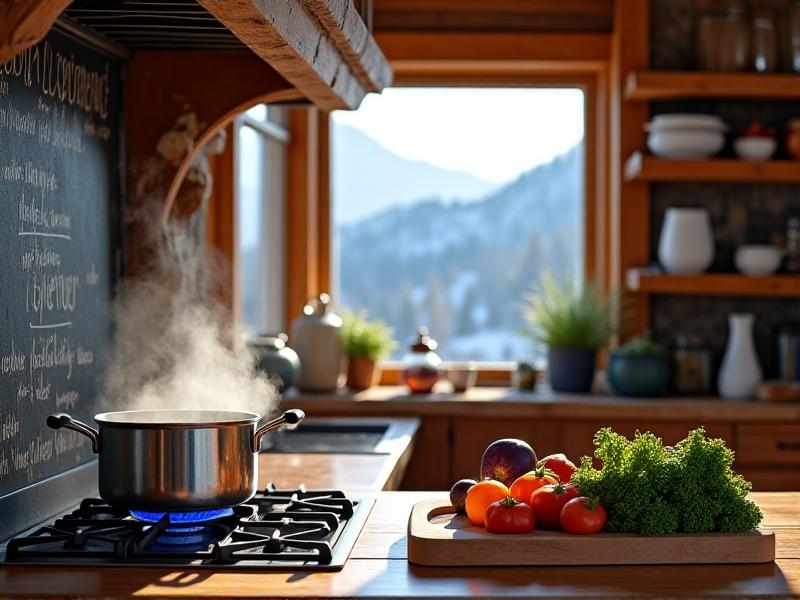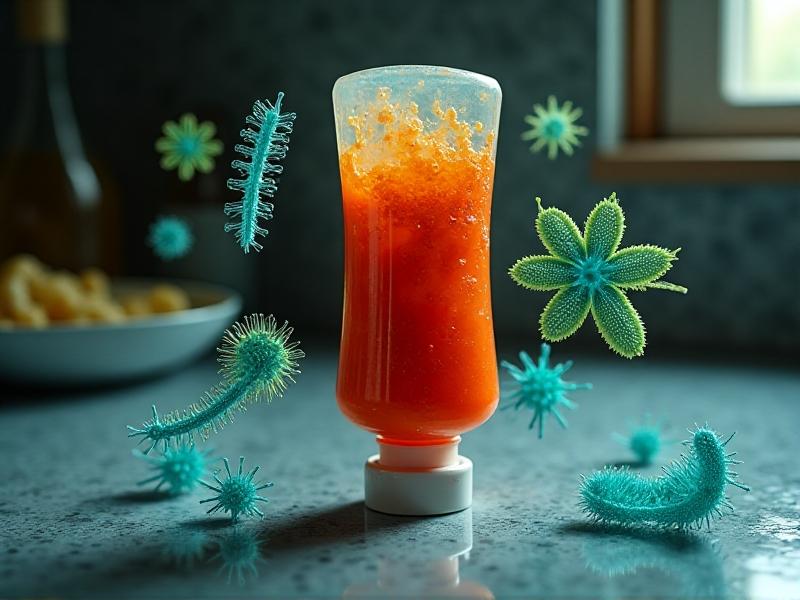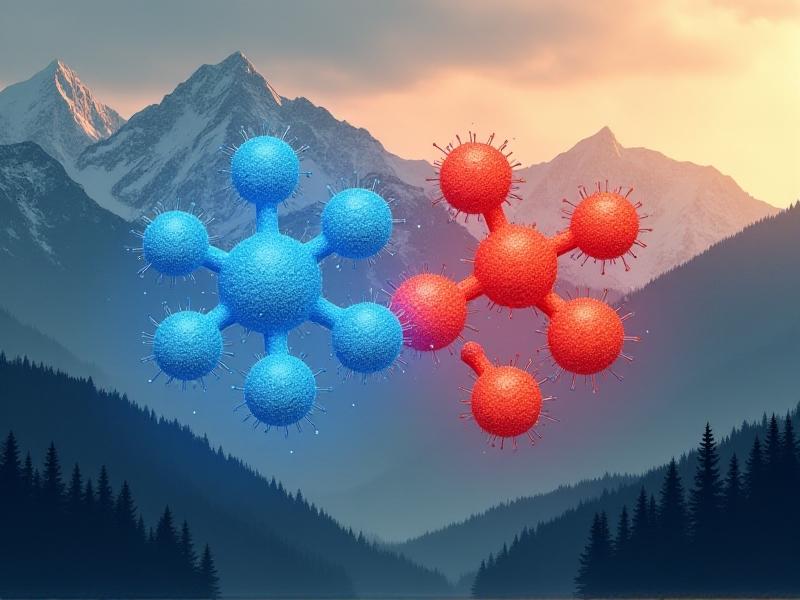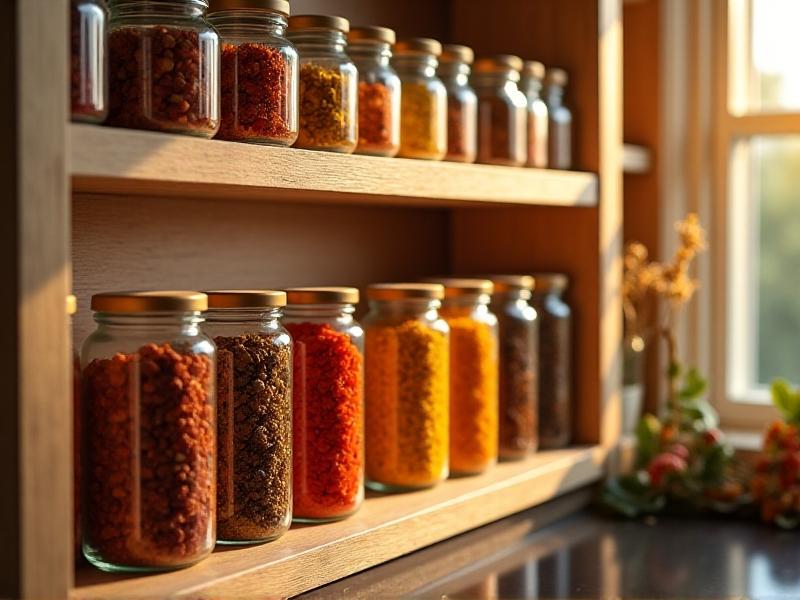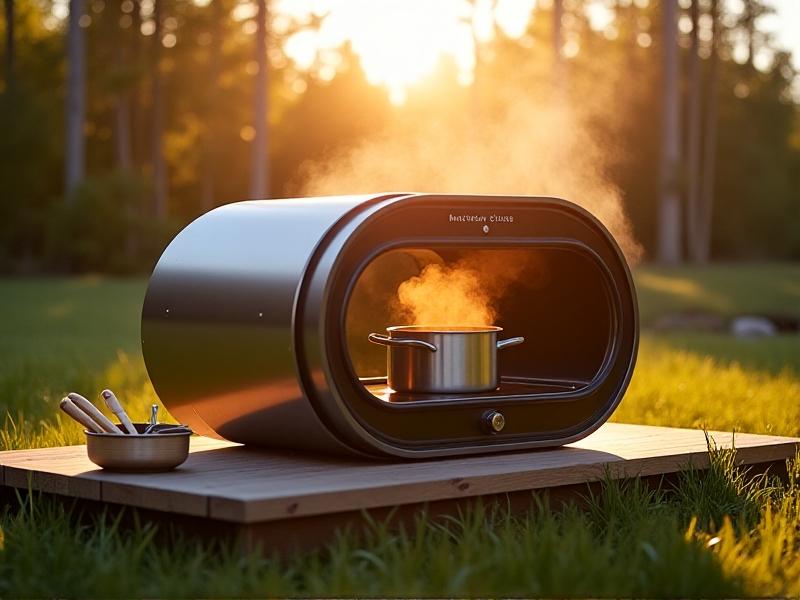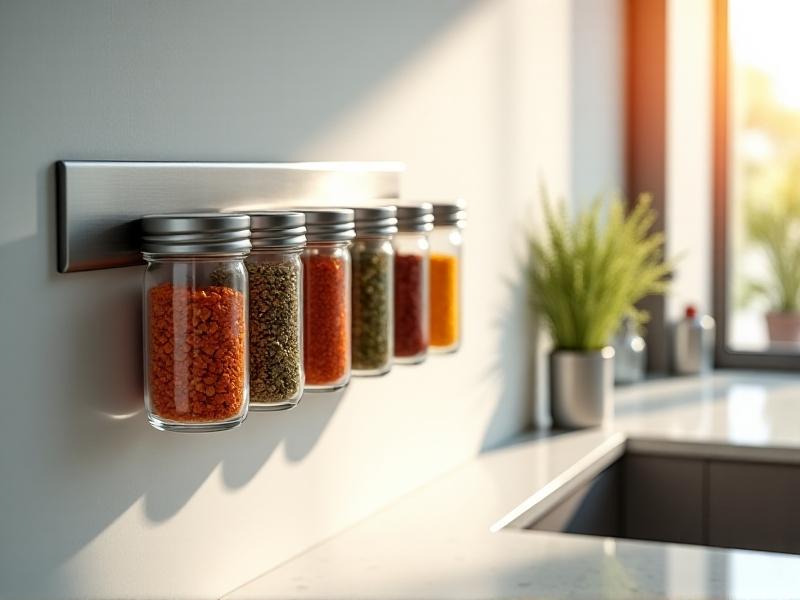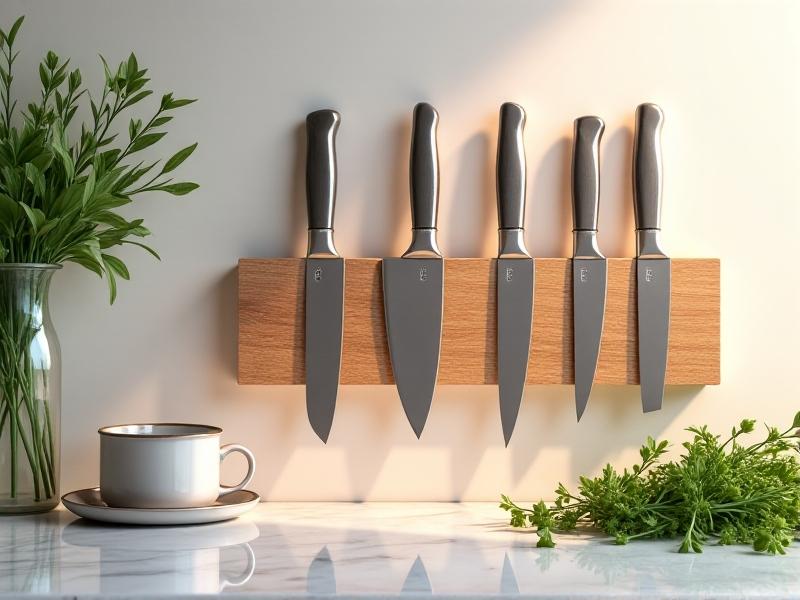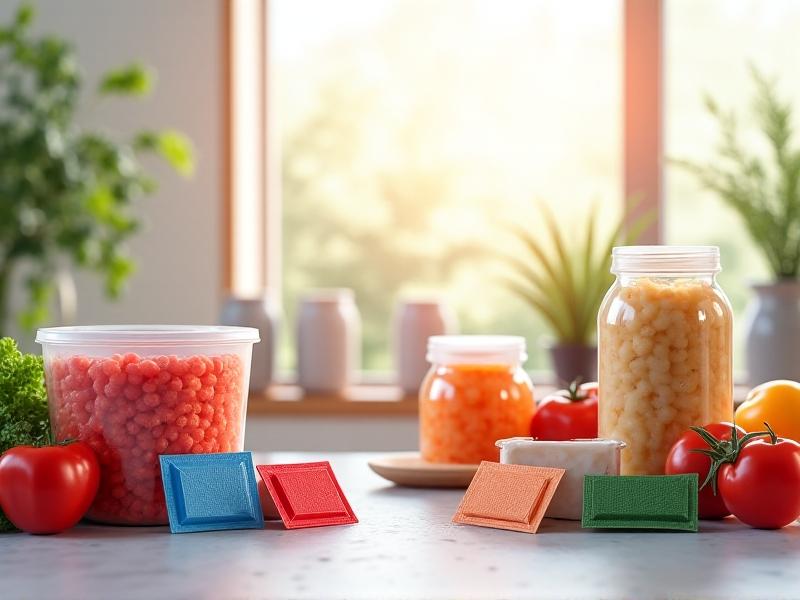Electrolyte Powder DIY Formulations
Understanding Electrolytes and Their Role in the Body
Electrolytes are minerals that carry an electric charge and play a pivotal role in maintaining physiological balance. Sodium, potassium, calcium, magnesium, chloride, and phosphate are the primary electrolytes involved in regulating nerve function, muscle contractions, hydration levels, and pH balance. When we sweat, exercise intensely, or experience illness, these critical minerals are depleted, leading to symptoms like fatigue, cramps, dizziness, or irregular heartbeats. Replenishing electrolytes is essential for anyone engaging in physical activity, recovering from dehydration, or seeking to optimize bodily functions. Understanding their importance is the first step toward creating effective DIY formulations tailored to individual needs.
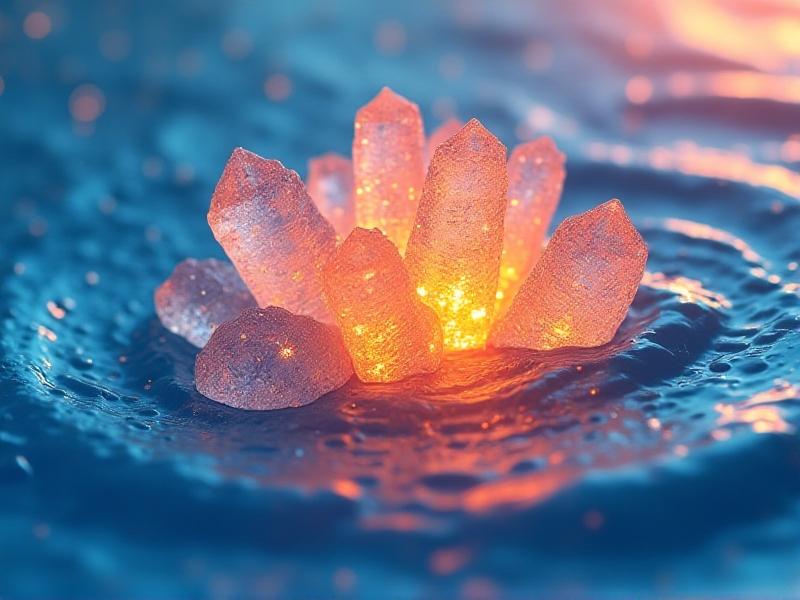
Core Ingredients for Homemade Electrolyte Powder
A well-balanced DIY electrolyte powder requires precise ratios of key minerals. Sodium, often sourced from unrefined sea salt or Himalayan pink salt, supports fluid balance and nerve transmission. Potassium, found in potassium chloride or citrate powder, aids muscle function and counters sodium’s effects. Magnesium glycinate or citrate helps prevent cramps and supports relaxation. For added versatility, consider incorporating calcium carbonate (for bone health) and a natural sweetener like stevia or honey powder. Citrus zest or freeze-dried fruit powders can enhance flavor without artificial additives. Each ingredient should be measured carefully to avoid imbalances—too much sodium, for example, can exacerbate dehydration, while excessive potassium may strain the kidneys.
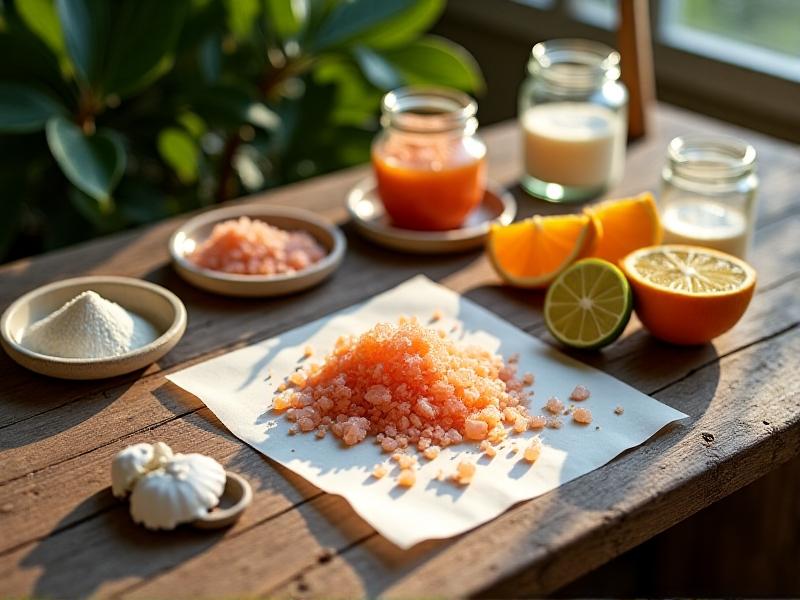
Crafting Your Base Electrolyte Formula: A Step-by-Step Guide
Start with a base ratio of 2 parts sodium, 1 part potassium, and 0.5 parts magnesium. For a single serving, combine ½ teaspoon of sea salt, ¼ teaspoon potassium chloride, and ⅛ teaspoon magnesium citrate. Add 1 teaspoon of natural sweetener (like coconut sugar) and ½ teaspoon of citric acid or lemon powder for tang. Mix thoroughly in a blender or mortar to ensure even distribution. Store the powder in an airtight container. To use, dissolve one teaspoon in 16 ounces of water. Adjust ratios based on taste preference or specific needs—athletes may increase sodium and potassium, while those with hypertension might reduce sodium content.
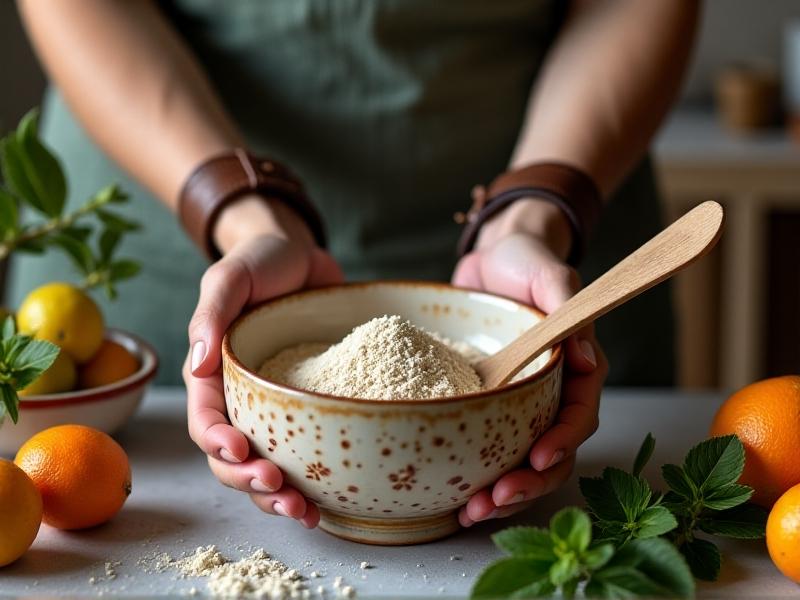
Tailoring Recipes for Specific Needs: Athletes, Keto, and Kids
Customization is where DIY electrolyte powders shine. For endurance athletes, boost sodium (¾ tsp) and potassium (½ tsp) to offset heavy sweating. Add branched-chain amino acids (BCAAs) for recovery. Keto adherents require extra magnesium to combat electrolyte loss from reduced carbohydrate intake—opt for magnesium malate. For children, reduce sodium by half and use natural fruit flavors like watermelon or mango powder. Avoid caffeine or excessive sweeteners. Always test small batches to refine flavor profiles and ensure tolerability, especially for sensitive groups like kids or those with medical conditions.
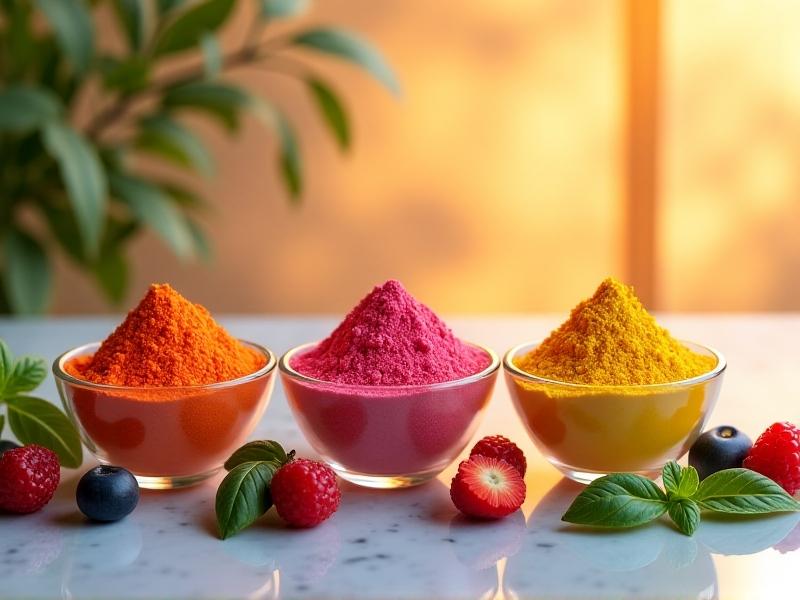
Comparing DIY vs. Commercial Electrolyte Products
Store-bought electrolyte drinks often contain artificial dyes, preservatives, or excessive sugars. DIY alternatives offer transparency and control over ingredients. For instance, many commercial brands use maltodextrin as a filler, which can spike blood sugar, whereas homemade versions can utilize fiber-rich tapioca or monk fruit. Cost is another factor: a batch of DIY powder costs a fraction of premium brands. However, convenience remains a trade-off—pre-mixed commercial products are portable and require no preparation. The choice hinges on priorities: purity and customization vs. ease and portability.
Storage, Shelf Life, and Safety Tips
To maximize shelf life, store electrolyte powder in an airtight container away from moisture and heat. Glass jars with silicone seals or vacuum-sealed bags work best. If using natural sweeteners like honey powder, consider refrigeration to prevent clumping. Most formulations last 6–12 months when stored properly. Label containers with ingredients and ratios for safety. Avoid sharing homemade mixes without disclosing contents, as some ingredients (like potassium chloride) can interact with medications. Always consult a healthcare provider before altering electrolyte intake for those with kidney issues or chronic illnesses.
Enhancing Flavor and Functionality Naturally
Natural flavor boosters can elevate DIY electrolytes without artificial additives. Freeze-dried raspberry or pineapple powder adds tang, while ginger or turmeric provides anti-inflammatory benefits. For effervescence, mix in food-grade baking soda and citric acid. Herbal infusions like mint or hibiscus lend complexity and antioxidants. To enhance absorption, add a pinch of zinc or a splash of coconut water. Experiment with small batches to find combinations that delight the palate while meeting hydration goals—think tart cherry for recovery or chamomile for a calming evening blend.
Final Thoughts: Empowering Hydration on Your Terms
Creating your own electrolyte powder is more than a cost-saving hack—it’s a step toward mindful self-care. By understanding your body’s needs and experimenting with ratios, flavors, and functional additives, you can craft a hydration solution that aligns with your lifestyle. Whether you’re an athlete fine-tuning performance or a parent seeking healthier options for your family, DIY formulations offer flexibility and empowerment. Start small, document your recipes, and let your preferences guide the process. After all, optimal hydration should be as unique as you are.
